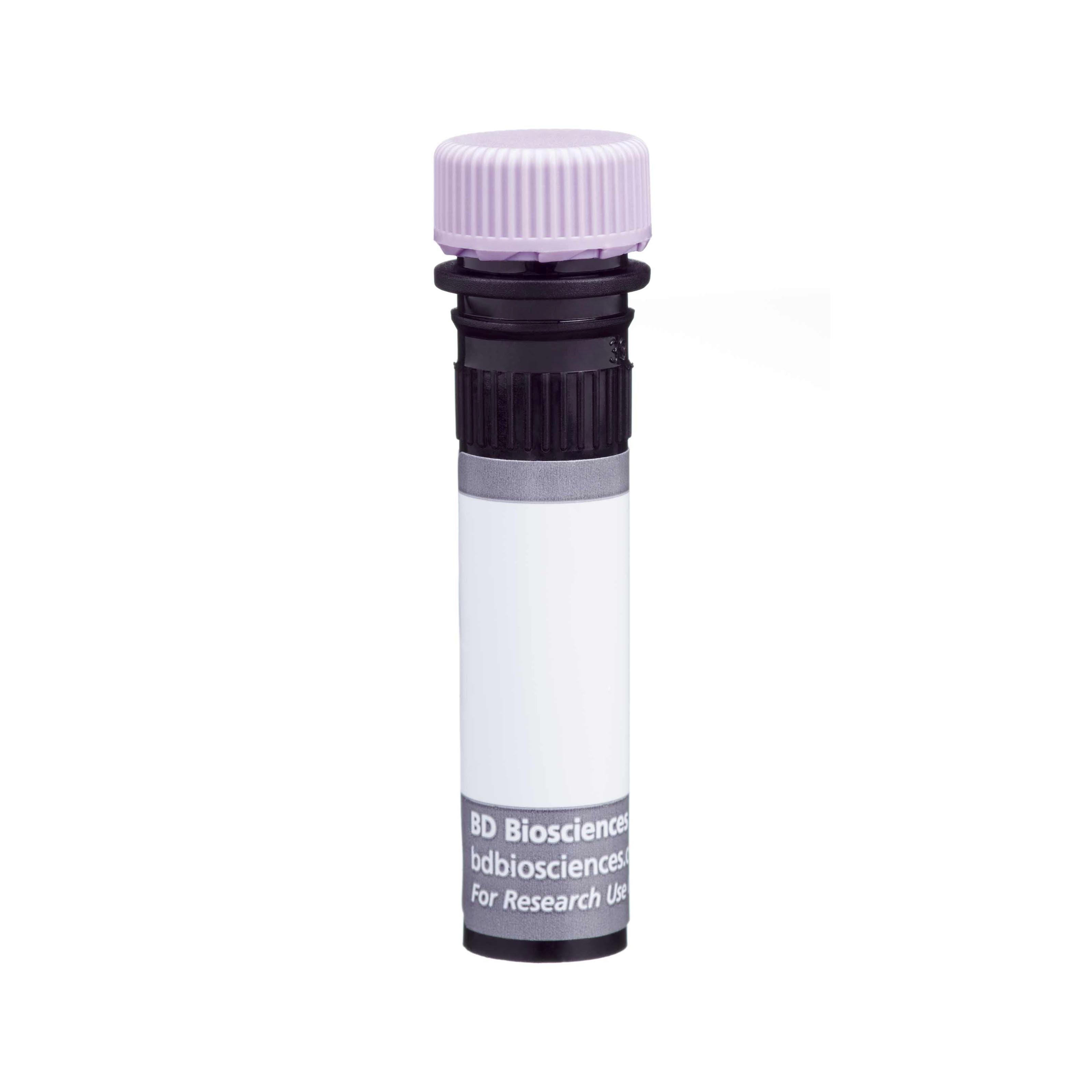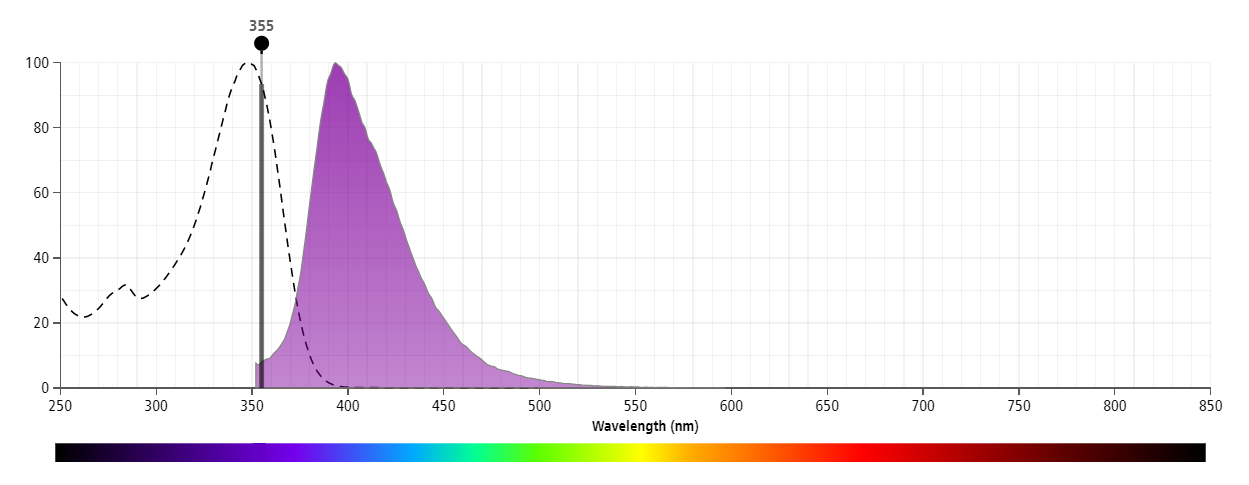Old Browser
This page has been recently translated and is available in French now.
Looks like you're visiting us from {countryName}.
Would you like to stay on the current country site or be switched to your country?


Regulatory Status Legend
Any use of products other than the permitted use without the express written authorization of Becton, Dickinson and Company is strictly prohibited.
Preparation And Storage
Recommended Assay Procedures
BD® CompBeads can be used as surrogates to assess fluorescence spillover (compensation). When fluorochrome conjugated antibodies are bound to BD® CompBeads, they have spectral properties very similar to cells. However, for some fluorochromes there can be small differences in spectral emissions compared to cells, resulting in spillover values that differ when compared to biological controls. It is strongly recommended that when using a reagent for the first time, users compare the spillover on cells and BD® CompBeads to ensure that BD® CompBeads are appropriate for your specific cellular application.
For optimal and reproducible results, BD Horizon Brilliant™ Stain Buffer should be used anytime BD Horizon Brilliant™ dyes are used in a multicolor flow cytometry panel. Fluorescent dye interactions may cause staining artifacts which may affect data interpretation. The BD Horizon Brilliant Stain Buffer was designed to minimize these interactions. When BD Horizon Brilliant Stain Buffer is used in in the multicolor panel, it should also be used in the corresponding compensation controls for all dyes to achieve the most accurate compensation. For the most accurate compensation, compensation controls created with either cells or beads should be exposed to BD Horizon Brilliant Stain Buffer for the same length of time as the corresponding multicolor panel. More information can be found in the Technical Data Sheet of the BD Horizon Brilliant Stain Buffer (Cat. No. 563794/566349) or the BD Horizon Brilliant Stain Buffer Plus (Cat. No. 566385).
Product Notices
- The production process underwent stringent testing and validation to assure that it generates a high-quality conjugate with consistent performance and specific binding activity. However, verification testing has not been performed on all conjugate lots.
- Researchers should determine the optimal concentration of this reagent for their individual applications.
- An isotype control should be used at the same concentration as the antibody of interest.
- Caution: Sodium azide yields highly toxic hydrazoic acid under acidic conditions. Dilute azide compounds in running water before discarding to avoid accumulation of potentially explosive deposits in plumbing.
- For fluorochrome spectra and suitable instrument settings, please refer to our Multicolor Flow Cytometry web page at www.bdbiosciences.com/colors.
- Please refer to www.bdbiosciences.com/us/s/resources for technical protocols.
- BD Horizon Brilliant Stain Buffer is covered by one or more of the following US patents: 8,110,673; 8,158,444; 8,575,303; 8,354,239.
- Please refer to http://regdocs.bd.com to access safety data sheets (SDS).
- BD Horizon Brilliant Ultraviolet 395 is covered by one or more of the following US patents: 8,158,444; 8,575,303; 8,354,239.
Companion Products






The YE1/48.10.6 monoclonal antibody specifically recognizes Lymphocyte antigen 49a (Ly-49A). Ly-49A is a single-pass type-II transmembrane that is encoded by Klra1 (Killer cell lectin-like receptor, subfamily A member 1) which belongs to the C-type lectin superfamily. Ly-49A is comprised of an extracellular carbohydrate-recognition domain (CRD) that can bind strongly to H-2D MHC class I alloantigens expressed on target cells including H-2D[d], H-2D[k], and H-2D[p]. The extracellular domain is followed by a transmembrane region and a cytoplasmic domain with an immunoreceptor tyrosine-based inhibitory motif (ITIM). Ly-49A is expressed as a disulfide-linked homodimer on a subset of NK and NK-T cells. MHC Class I ligand-bound Ly-49A can negatively regulate NK-cell cytolytic activity via tyrosine phosphorylation of its ITIM.

Development References (6)
-
Chan PY, Takei F. Expression of a T cell receptor-like molecule on normal and malignant murine T cells detected by rat monoclonal antibodies to nonclonotypic determinants.. J Immunol. 1986; 136(4):1346-53. (Immunogen: Blocking, Flow cytometry, Immunoprecipitation, Western blot). View Reference
-
Mason LH, Gosselin P, Anderson SK, Fogler WE, Ortaldo JR, McVicar DW. Differential tyrosine phosphorylation of inhibitory versus activating Ly-49 receptor proteins and their recruitment of SHP-1 phosphatase. J Immunol. 1997; 159(9):4187-4196. (Biology: Blocking). View Reference
-
Nagasawa R, Gross J, Kanagawa O, et al. Identification of a novel T cell surface disulfide-bonded dimer distinct from the alpha/beta antigen receptor. J Immunol. 1987; 138(3):815-824. (Biology). View Reference
-
Nakamura MC, Seaman WE. Ligand interactions by activating and inhibitory Ly-49 receptors.. Immunol Rev. 2001; 181:138-48. (Biology). View Reference
-
Takei F. Two surface antigens expressed on proliferating mouse T lymphocytes defined by rat monoclonal antibodies.. J Immunol. 1983; 130(6):2794-7. (Immunogen: Flow cytometry, Radioimmunoassay, Western blot). View Reference
-
Zimmer J, Ioannidis V, Held W. H-2D ligand expression by Ly49A+ natural killer (NK) cells precludes ligand uptake from environmental cells: implications for NK cell function.. J Exp Med. 2001; 194(10):1531-9. (Clone-specific: Flow cytometry). View Reference
Please refer to Support Documents for Quality Certificates
Global - Refer to manufacturer's instructions for use and related User Manuals and Technical data sheets before using this products as described
Comparisons, where applicable, are made against older BD Technology, manual methods or are general performance claims. Comparisons are not made against non-BD technologies, unless otherwise noted.
For Research Use Only. Not for use in diagnostic or therapeutic procedures.
Report a Site Issue
This form is intended to help us improve our website experience. For other support, please visit our Contact Us page.